The Ultimate Guide to Nepal Trekking Preparation
By investing time and effort in planning and preparing for your trek, you can significantly increase your chances of having a safe, comfortable, and memorable adventure.
By investing time and effort in planning and preparing for your trek, you can significantly increase your chances of having a safe, comfortable, and memorable adventure.

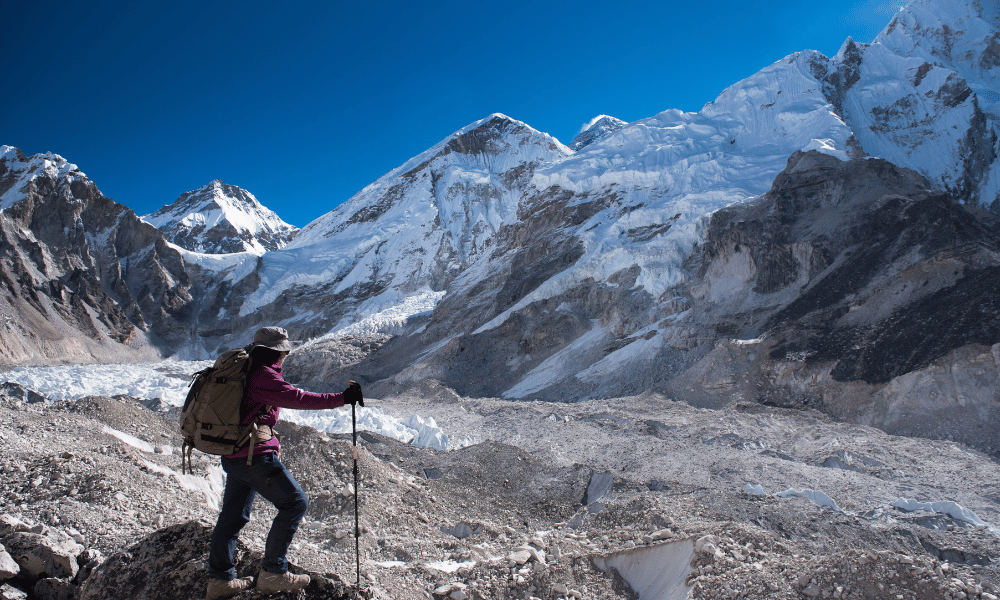
Nepal, a small landlocked country nestled between China and India, is renowned for its incredible natural beauty, diverse culture, and majestic Himalayan mountain range. Home to eight of the world's highest peaks, including the iconic Mount Everest, Nepal offers an unparalleled trekking experience for adventure enthusiasts and nature lovers alike.
The trekking opportunities in Nepal are diverse, catering to various interests, fitness levels, and preferences. Whether you are a seasoned mountaineer or a beginner seeking a leisurely hike, there is a trekking route to suit your needs. Some of the most popular treks include the Everest Base Camp Trek, Annapurna Circuit Trek, Langtang Valley Trek, Manaslu Circuit Trek, and Upper Mustang Trek. These treks offer a unique combination of breathtaking landscapes, remote villages, diverse flora and fauna, and the chance to experience the warm hospitality of the local people.
Nepal's trekking trails pass through various terrains, including lush forests, high-altitude meadows, arid deserts, and snow-covered mountain passes. The treks range from short, easy hikes to challenging, multi-week expeditions that require technical skills and physical endurance. No matter which treks you choose, you will be rewarded with unforgettable experiences and memories that will last a lifetime.
In addition to the natural beauty, Nepal's rich cultural heritage adds another layer of intrigue to the trekking experience. You will have the opportunity to visit ancient temples, monasteries, and historical sites, as well as observe the customs and traditions of diverse ethnic groups, such as the Sherpa, Tamang, and Gurung communities.
In summary, Nepal's trekking opportunities are unparalleled, offering a unique blend of stunning landscapes, rich culture, and thrilling adventures. Proper preparation is essential to ensure a successful and enjoyable trekking experience in this incredible country.
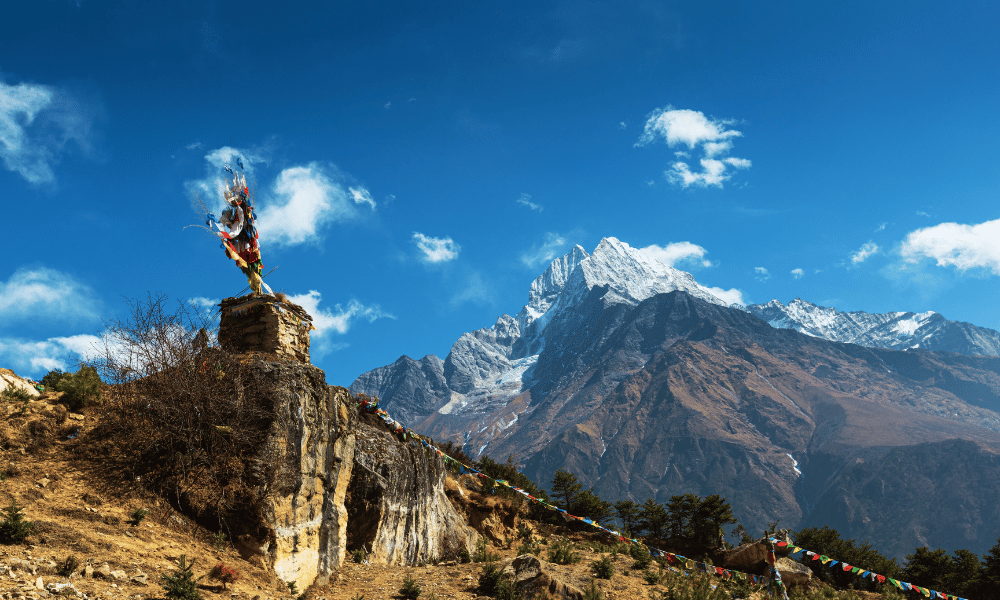
Proper preparation is crucial for a successful and enjoyable trekking experience, especially in a challenging environment like the Himalayas. Investing time and effort in planning and preparing for your trek can significantly increase your chances of having a safe, comfortable, and memorable adventure. The importance of proper preparation can be highlighted in the following aspects:
Physical fitness: Trekking in Nepal often involves long days of walking on rugged terrain and steep ascents at high altitudes. Being physically fit helps you cope with the demands of the trial and reduces the risk of injury or exhaustion. A well-planned training program, including cardiovascular exercises, strength training, and flexibility exercises, will prepare your body for the physical challenges of trekking.
Acclimatization: Proper acclimatization is vital for avoiding altitude sickness, which can be potentially life-threatening. Planning a gradual ascent and allowing your body time to adjust to the decreasing oxygen levels can help prevent altitude-related illnesses. Understanding the symptoms and knowing how to manage them are also essential aspects of preparation.
Gear selection: The right gear can significantly affect your comfort, safety, and overall trekking experience. Investing in appropriate clothing, footwear, and equipment that suit the specific conditions of your chosen trek is crucial. This includes testing and familiarizing yourself with your gear before embarking on the journey.
Itinerary planning: A well-planned itinerary can ensure that you have adequate time for acclimatization, rest, and exploration. This includes researching the route, understanding the terrain and weather conditions, and booking accommodations and transportation in advance. A detailed itinerary also allows for better time management and contingency planning in case of emergencies or unexpected changes.
Knowledge of local customs and culture: Respecting local customs and traditions is important for fostering positive relationships with the communities you encounter during your trek. Awareness of cultural norms and expectations can enhance your experience and ensure a harmonious journey.
Safety and emergency preparedness: Understanding potential hazards and risks associated with trekking in Nepal, such as weather-related dangers, wildlife encounters, and health issues, is crucial for a safe adventure. Carrying a well-stocked first aid kit, having a communication plan, and knowing basic emergency procedures can make a significant difference in case of an unforeseen situation.
Proper preparation is essential for a successful and enjoyable trekking experience in Nepal. By taking the time to plan and prepare, you can ensure your safety, comfort, and well-being while exploring the breathtaking landscapes and rich cultural heritage of this incredible country.
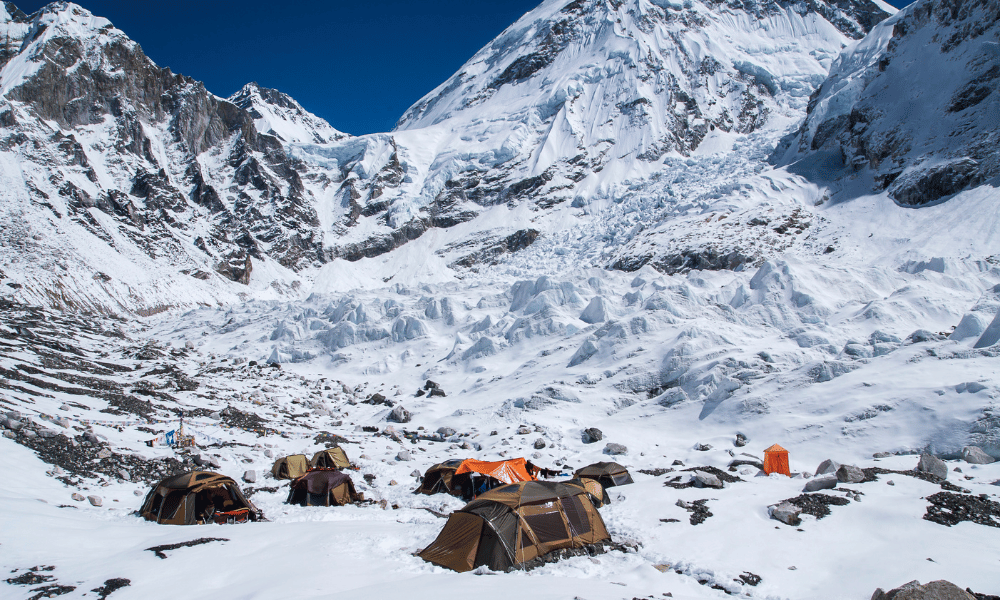
Choosing the right trek in Nepal is a crucial step to ensure a fulfilling and enjoyable adventure. Nepal offers a variety of popular trekking routes, such as the Everest Base Camp Trek, Annapurna Circuit Trek, Langtang Valley Trek, Manaslu Circuit Trek, and Upper Mustang Trek, each with its unique attractions and challenges. Carefully evaluate factors such as trek duration, difficulty, altitude, weather conditions, budget, and personal interests to select a trek that best aligns with your physical abilities, experience, and preferences. Making an informed choice will set the stage for a successful and unforgettable trekking experience in the breathtaking Himalayas.
In the mighty Himalayas and green hills, Nepal offers multiple trekking routes suitable for anyone with any preferences. Below, we have mentioned some of the popular trekking destinations in Nepal.
Duration: Approximately 12-14 days
Maximum altitude: 5,364 meters (17,598 ft) at Everest Base Camp
Difficulty: Moderate to challenging
Highlights: Stunning views of Mount Everest, Sagarmatha National Park, vibrant Sherpa culture, and a visit to Tengboche Monastery
The Everest Base Camp Trek is the most famous trekking route in Nepal, taking trekkers to the base camp of the world's highest peak, Mount Everest. The trail passes through the heart of the Sherpa homeland, offering a unique insight into their culture, traditions, and way of life. The route also offers incredible views of other Himalayan giants such as Lhotse, Nuptse, and Ama Dablam.
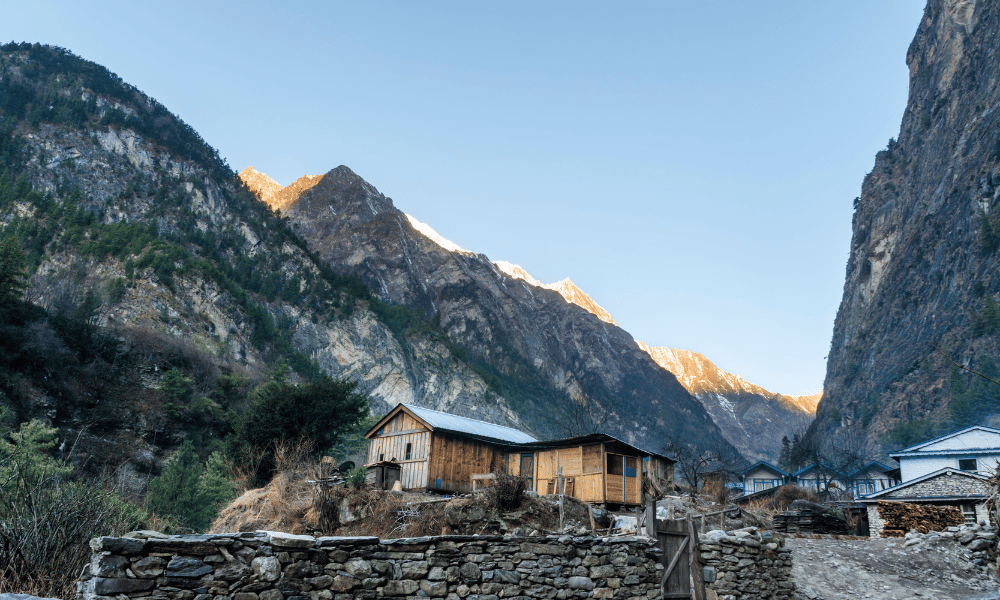
Duration: Approximately 14-21 days
Maximum altitude: 5,416 meters (17,769 ft) at Thorong La Pass
Difficulty: Moderate to challenging
Highlights: Diverse landscapes, ethnic villages, spectacular mountain views, and the world's deepest gorge – Kali Gandaki Gorge
The Annapurna Circuit Trek is another classic trek in Nepal, taking hikers around the Annapurna massif. The trail offers a wide range of landscapes, from lush green valleys to arid high mountain deserts, providing stunning panoramas of the Annapurna and Dhaulagiri ranges. The trek also passes through various ethnic villages, allowing trekkers to experience the rich culture of the Gurung, Manangi, and Thakali communities.
Duration: Approximately 7-10 days
Maximum altitude: 4,984 meters (16,347 ft) at Tserko Ri
Difficulty: Moderate
Highlights: Scenic landscapes, diverse flora and fauna, Tamang culture, and views of Langtang Lirung
The Langtang Valley Trek is a relatively shorter and less crowded trek in Nepal, providing an excellent opportunity to explore the beautiful Langtang region. The trail takes you through dense forests, traditional Tamang villages, and alpine meadows, offering stunning views of Langtang Lirung, Ganesh Himal, and other surrounding peaks. The trek also allows you to witness the rich Tamang culture and visit the ancient Kyangjin Gompa.
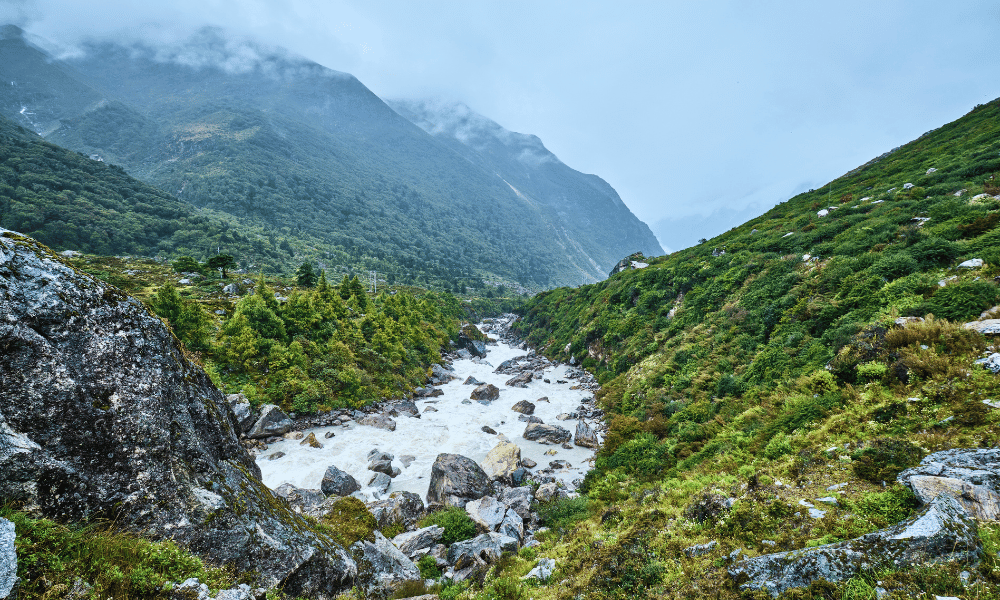
Duration: Approximately 14-18 days
Maximum altitude: 5,160 meters (16,929 ft) at Larkya La Pass
Difficulty: Challenging
Highlights: Remote and unspoiled trails, diverse landscapes, Tibetan-influenced culture, and views of Manaslu, the eighth highest peak in the world
The Manaslu Circuit Trek is a challenging and remote trek around the Manaslu massif. The route takes you through untouched landscapes, including dense forests, terraced fields, and high-altitude pastures, providing an authentic Himalayan experience. The trek also offers an opportunity to explore the Tibetan-influenced culture of the Nubri and Tsum valleys and breathtaking views of Manaslu and its neighboring peaks.
Duration: Approximately 12-16 days
Maximum altitude: 3,810 meters (12,500 ft) at Lo Manthang
Difficulty: Moderate
Highlights: Ancient kingdom of Lo Manthang, unique landscape resembling the Tibetan plateau, rich Tibetan Buddhist culture, well-preserved ancient caves, and stunning views of Annapurna and Dhaulagiri ranges
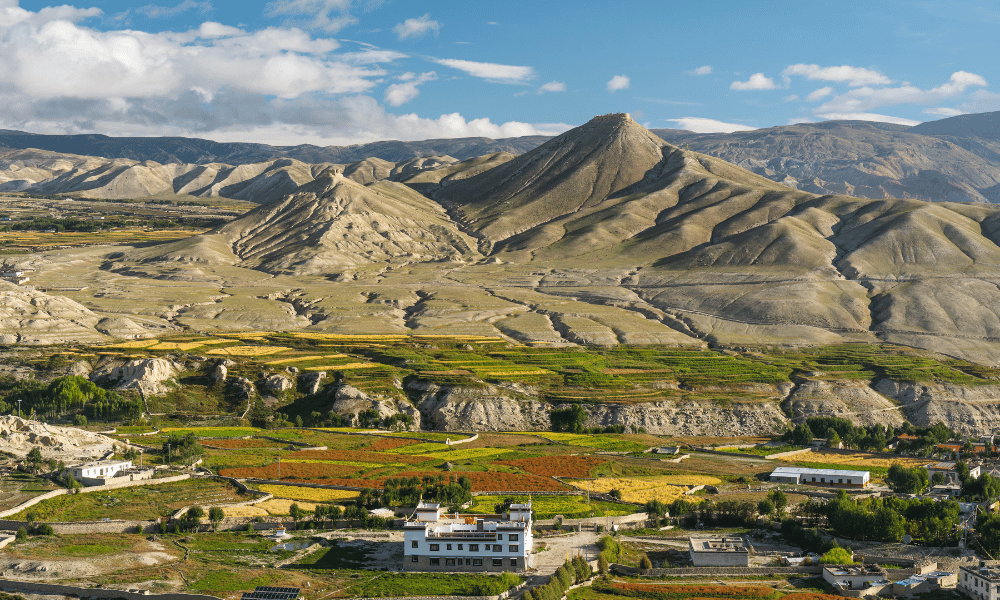
The Upper Mustang Trek is a journey into the remote and culturally rich region of Upper Mustang, which was once the ancient kingdom of Lo. This trek offers a unique experience, as the landscape resembles the Tibetan plateau with its arid, windswept terrain and colorful rock formations. Upper Mustang is a restricted area, which has helped preserve its unique culture and heritage.
When selecting a trek in Nepal, it is important to consider several factors to ensure a safe and enjoyable experience. These factors include the duration and difficulty of the trek, which should align with your physical fitness and trekking experience. Consider altitude and acclimatization, as higher elevations require more time to adjust and a greater risk of altitude sickness. Take into account the trekking season and weather conditions, with spring and autumn offering the most favorable conditions for most routes. Plan according to your budget, as some treks require more expensive permits or accommodations. Finally, consider your personal interests and preferences, such as cultural experiences or specific landscapes, to make your trek a truly memorable adventure.
Duration and difficulty:
Consider the length of the trek and the level of difficulty that best suits your physical fitness and experience. Shorter treks may be more suitable for beginners, while longer, more challenging treks may appeal to seasoned trekkers. Assess your ability to cope with the demands of the trail, including daily walking distances, terrain, and altitude gain.
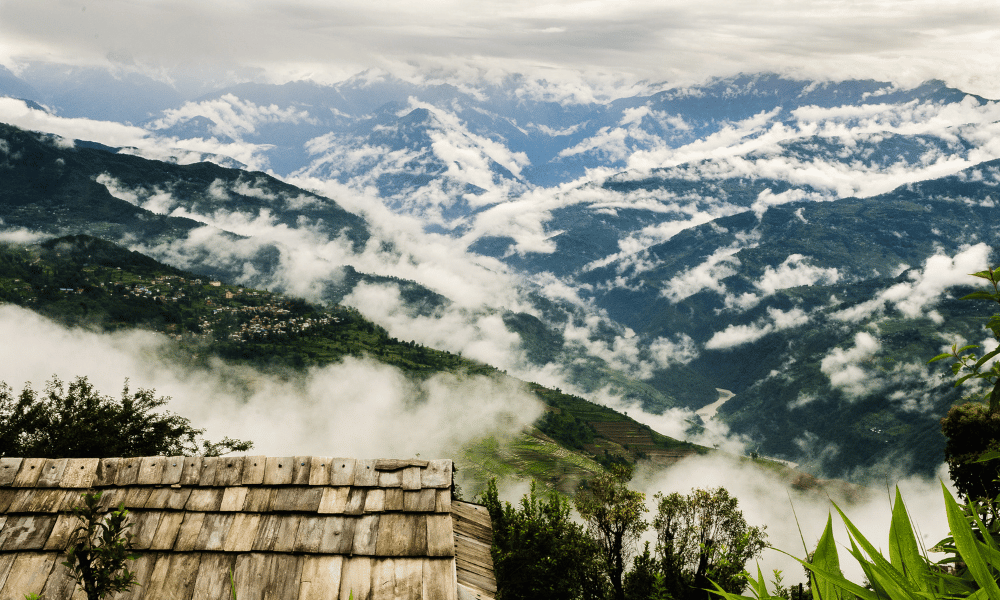
Altitude and acclimatization:
When selecting a trek, consider the maximum altitude you will reach and the acclimatization process. Higher altitude treks require a longer and more gradual ascent to avoid altitude sickness. Choose a trek that allows for proper acclimatization and be prepared to adjust your itinerary if necessary to ensure your body adapts well to the changing altitude.
Trekking season and weather conditions:
Nepal has four distinct seasons, each with its own set of advantages and challenges. The best seasons for trekking are pre-monsoon (March-May) and post-monsoon (September-November), offering clear skies and pleasant temperatures. Be aware of the weather conditions during your chosen trekking period and prepare accordingly with suitable clothing and gear.
Budget and permits required:
Consider your budget when selecting a trek, as costs can vary significantly depending on the route, accommodation, transportation, and permits required. Some treks, such as Upper Mustang, require special permits that can be quite expensive. Research the costs associated with your chosen trek and plan your budget accordingly.
Personal interests and preferences:
Your personal interests and preferences should play a significant role in your choice of trek. Think about the type of landscapes, cultural experiences, and levels of solitude or social interaction you prefer. Some treks offer more cultural immersion and village life experiences, while others focus on remote wilderness and dramatic mountain scenery. Choose a trek that aligns with your interests and desires to ensure a fulfilling and memorable experience.
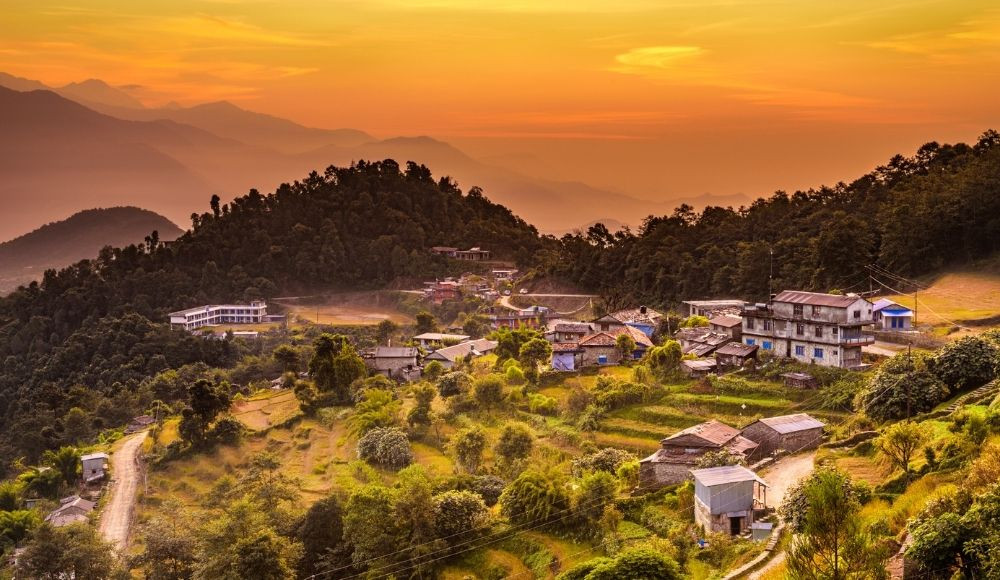
Physical fitness and training are crucial components of a successful trekking experience in Nepal. Being in good physical shape will enable you to better handle the demands of trekking at high altitudes and challenging terrains. Engage in regular cardiovascular exercises, such as running, swimming, or cycling, to improve your stamina and endurance. Incorporate strength training to build muscle and support your body during the trek, and practice flexibility and balance exercises to enhance stability and reduce injury risk. Establish a consistent training schedule and gradually increase intensity and duration in the months leading up to your trek, while maintaining motivation and tracking progress to ensure optimal preparedness.
Physical fitness is crucial for a successful and enjoyable trekking experience. A good fitness level allows you to handle the physical demands of the trail, reduces the risk of injury, and helps with altitude acclimatization. Being physically fit also increases your stamina and endurance, allowing you to enjoy the trek without excessive fatigue or discomfort.
For you to avoid any physical troubles during your trek, we highly recommend doing these exercises before your trek.
Cardiovascular training: Cardiovascular exercises improve your heart and lung function, which is essential for coping with the demands of trekking, especially at high altitudes. Activities such as running, swimming, cycling, and stair climbing can help build your aerobic endurance.
Strength training: Trekking often involves long ascents and descents on uneven terrain, requiring strong muscles to support your joints and maintain stability. Focus on exercises that target your legs, core, and upper body, including squats, lunges, step-ups, deadlifts, planks, and push-ups.
Flexibility and balance exercises: Improved flexibility and balance can help prevent injuries and enhance overall performance on the trail. Incorporate stretching exercises into your routine, focusing on your legs, hips, and back. Incorporate balance exercises such as single-leg stands, yoga, or tai chi to improve stability and coordination.
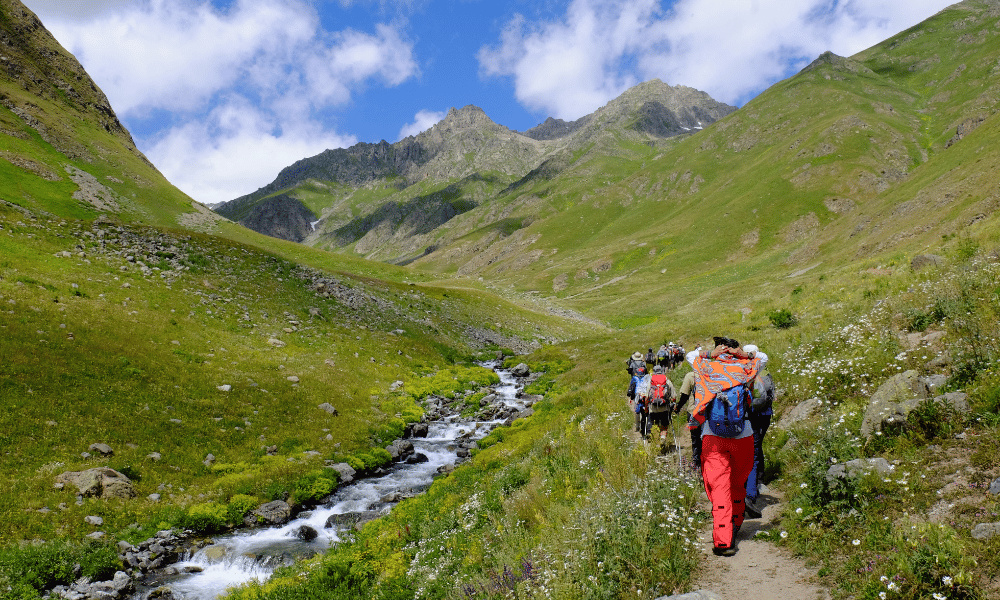
Start your training program at least 3-6 months before your trek, depending on your current fitness level and the difficulty of the trek. Aim for a gradual increase in the intensity and duration of your workouts to avoid overtraining or injuries.
A sample training schedule could include:
3-4 days of cardiovascular training per week (30-60 minutes per session)
2-3 days of strength training per week (30-45 minutes per session)
2-3 days of flexibility and balance exercises per week (15-30 minutes per session)
Set realistic and achievable goals for your training, such as increasing your running distance or hiking with a loaded backpack.
Monitor your progress by keeping a training journal or using a fitness tracking app to record your workouts, distances, and times.
Make your training enjoyable by choosing activities you enjoy, varying your workouts, and exploring new routes or locations.
Join a local hiking or trekking club, or find a training partner to share your goals and stay accountable.
Incorporate practice hikes with a loaded backpack and similar terrain to simulate the conditions of your chosen trek, gradually increasing the distance and elevation gain.
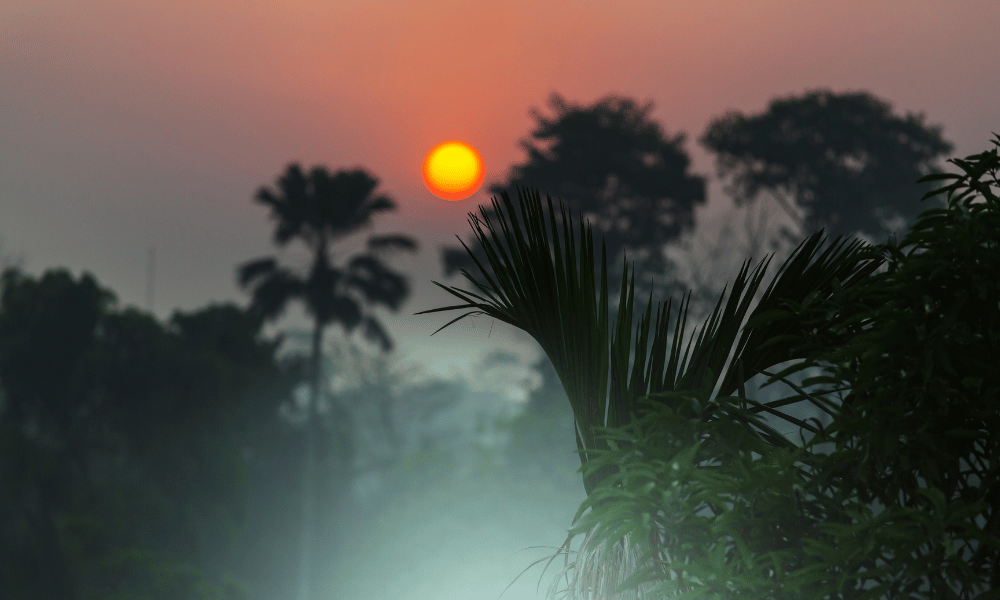
Acquiring the necessary gear is crucial for a comfortable and safe trekking experience in Nepal. Essential items include appropriate clothing layers, footwear, a backpack with rain cover, a sleeping bag and pad, and trekking poles. Additional items for comfort and safety, such as a water purification system, first aid kit, sun protection, and navigation tools, are also important. Research and select gear based on your specific trek and personal needs, and test your equipment before embarking on your journey. Consider renting gear, particularly for more expensive or specialized items, as a cost-effective alternative to buying.
Funding and managing your gear is one of the most important aspects of packing for a trek. Here is a list of stuff that you should not miss in your backpack before considering other optional gear.
1. Clothing:
Dressing in layers is essential for trekking in varying weather conditions and temperatures. Your clothing should be made from moisture-wicking, quick-drying materials to keep you comfortable and dry.
Base layer: Synthetic or Merino wool long-sleeve shirts and long underwear to wick moisture away from your skin and provide insulation.
Mid-layer: Insulating garments such as fleece jackets or down vests to provide warmth in colder conditions.
Outer layer: Waterproof and breathable jackets and pants to protect against wind and rain.
Additional items: Hats, gloves, neck gaiters or buffs, and sunglasses to protect against sun, wind, and cold.
2. Footwear:
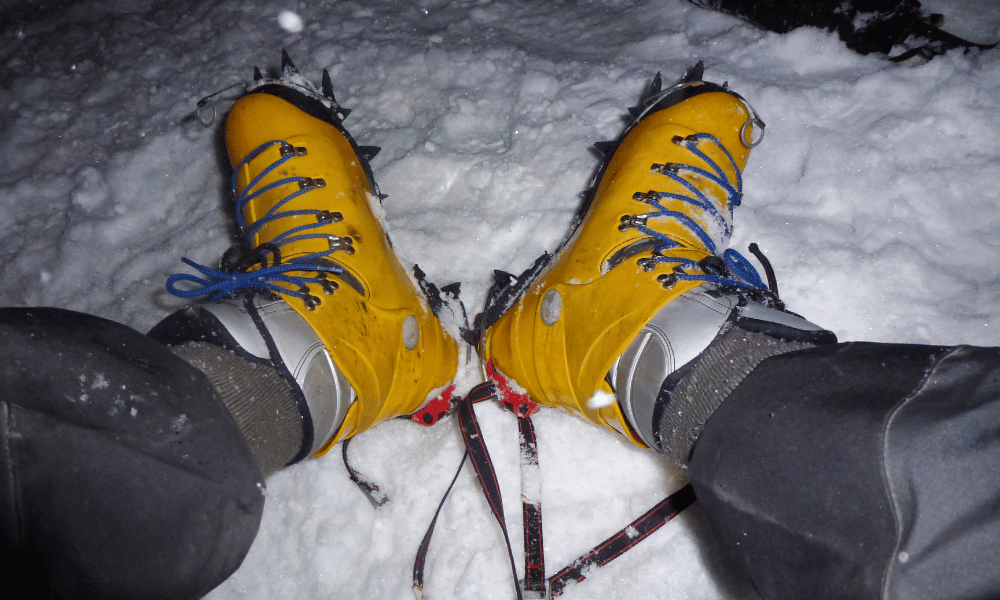
Investing in quality, comfortable footwear is crucial for a successful trek. Blisters or sore feet can significantly impact your experience.
Hiking boots: Sturdy, waterproof, and well-fitting boots that provide ankle support and have been broken in prior to the trek.
Socks: Moisture-wicking, quick-drying socks (preferably merino wool or synthetic) in different thicknesses for varying temperatures and conditions.
Sandals or camp shoes: Lightweight, comfortable footwear to wear at the end of the day or during river crossings.
3. Backpack and rain cover:
Choose a backpack with a capacity suitable for your trek's duration and the amount of gear you'll be carrying. Look for a backpack with a comfortable, adjustable harness system, padded hip belt, and multiple compartments for organization. A rain cover will protect your gear from getting wet in case of rain or snow.
4. Sleeping bag and pad:
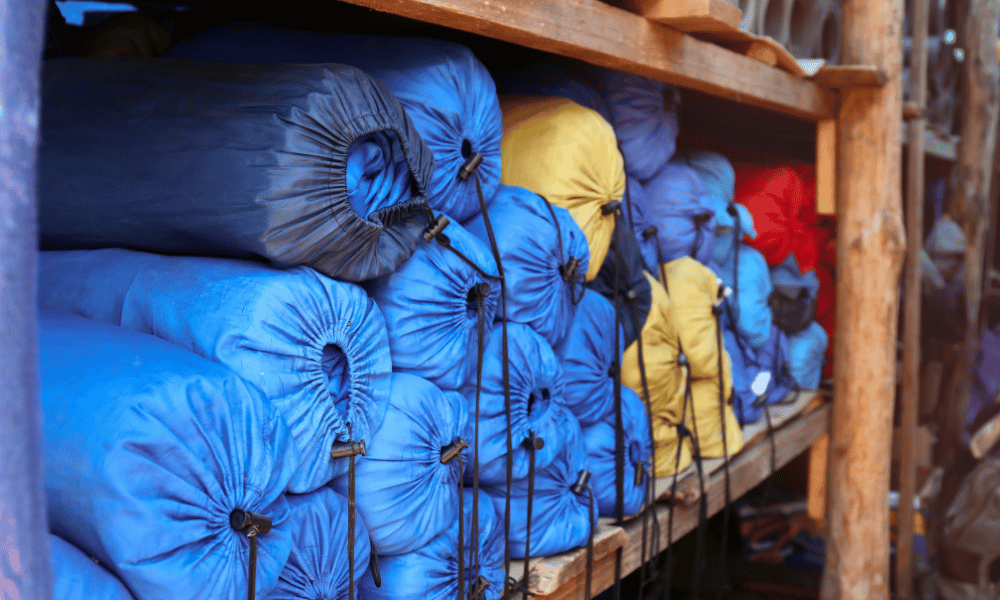
Select a high-quality, lightweight sleeping bag rated for the lowest temperatures you might encounter during your trek. A compression sack can help reduce the volume of your sleeping bag when packed. A sleeping pad provides insulation and cushioning from the ground, ensuring a comfortable night's sleep.
5. Trekking poles:
Trekking poles help reduce the impact on your joints, improve balance, and increase stability on uneven terrain. Choose adjustable poles with comfortable grips and shock-absorbing features to suit your needs.
When acquiring gear, consider renting or borrowing items for a more cost-effective option, especially if you're new to trekking or unsure about future treks. Remember to test and familiarize yourself with your gear before your trek to ensure a smooth and enjoyable experience.
After packing all the essentials, if you still have some space left in your bag consider packing these items to ensure a more comfortable and safe journey.
1. Water purification system:
Access to safe drinking water is essential during your trek. Carry a water purification system, such as water purification tablets, a water filter, or a UV water purifier, to ensure you have clean and safe drinking water at all times.
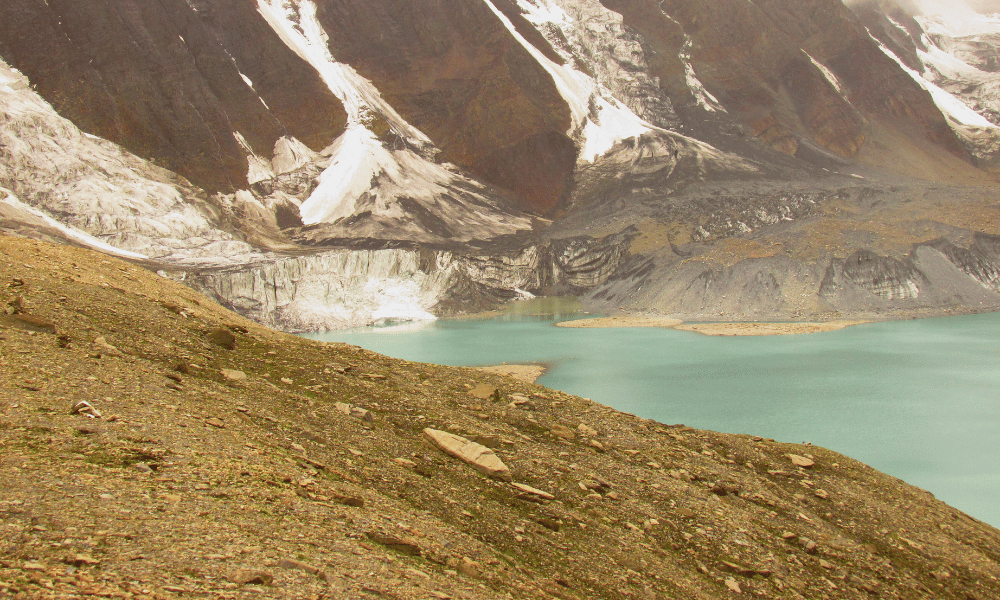
2. First aid kit and personal medications:
Prepare a well-stocked first aid kit with essentials such as band-aids, gauze, adhesive tape, antiseptic wipes, tweezers, and a blister kit. Also, include any personal medications you require, such as pain relievers, allergy medications, and altitude sickness medication (if recommended by your doctor).
3. Sun protection:
High altitudes and prolonged sun exposure can lead to sunburn and other sun-related issues. Carry sunglasses with UV protection, a wide-brimmed hat, and sunscreen with a high SPF to protect your skin and eyes from the sun's harmful rays.
4. Navigation tools:
Although most trekking routes in Nepal are well-marked, it's essential to carry navigation tools such as a map, compass, and a GPS device or smartphone with GPS capabilities. These tools can help you stay on track and provide valuable information in case of an emergency or an unexpected change in weather or trail conditions.
5. Snacks and energy bars:
Carry a supply of snacks and energy bars to maintain your energy levels during the trek. High-energy, lightweight, and non-perishable options such as trail mix, dried fruits, nuts, and energy bars are ideal choices.

These additional items contribute to your overall comfort and safety during the trek, ensuring a more enjoyable and stress-free experience. Remember to pack these items in easily accessible locations in your backpack for quick and convenient access when needed.
Research and compare: Before purchasing or renting gear, research different products and compare their features, materials, and prices to ensure you're selecting the best option for your needs and budget.
Consult experienced trekkers: Seek advice from experienced trekkers or local trekking guides for recommendations on reliable gear brands and products.
Read reviews: Check online reviews from other trekkers to gain insights into the performance, durability, and comfort of specific gear items.
Try before you buy: Visit a store to try on clothing and footwear for proper fit and comfort, and test backpacks for comfort and adjustability. If possible, try using trekking poles and other gear to familiarize yourself with their functions and features.
Test your gear: Before embarking on your trek, use your gear during training hikes or shorter treks to ensure everything is comfortable, functional, and meets your needs. Make any necessary adjustments or replacements before your trek to avoid discomfort or equipment failure.
Renting and buying gear each has its pros and cons, and your choice will depend on your personal preferences, budget, and future trekking plans.
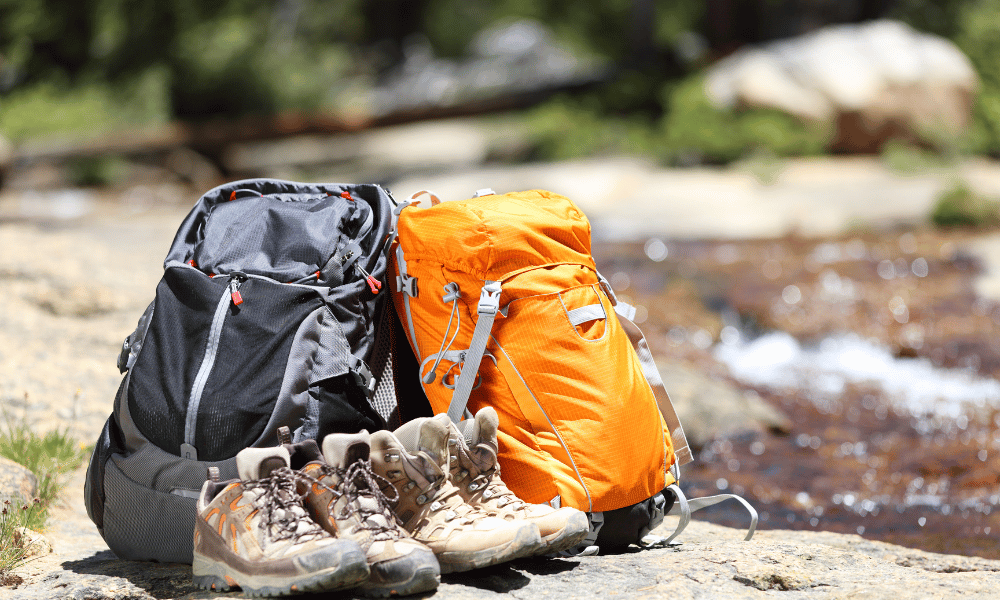
Renting gear Pros:
Cost-effective for infrequent trekkers or those new to trekking
No need for storage or maintenance after the trek
Allows you to try different gear items without committing to a purchase
Renting gear Cons:
Limited availability and selection of gear sizes, styles, and brands
Potential wear and tear on rented gear from previous use
May not be as cost-effective for frequent trekkers or those planning multiple treks
Buying gear Pros:
Access to a wide range of gear sizes, styles, and brands
Can ensure proper fit and personalized adjustments for optimal comfort and performance
A worthwhile investment for frequent trekkers or those planning multiple treks
Buying gear Cons:
Higher initial cost
Requires storage and maintenance after the trek
May not be cost-effective for infrequent trekkers or those new to trekking
Ultimately, the decision to rent or buy gear will depend on your specific needs and circumstances. Consider your trekking frequency, budget, and personal preferences when making your choice.
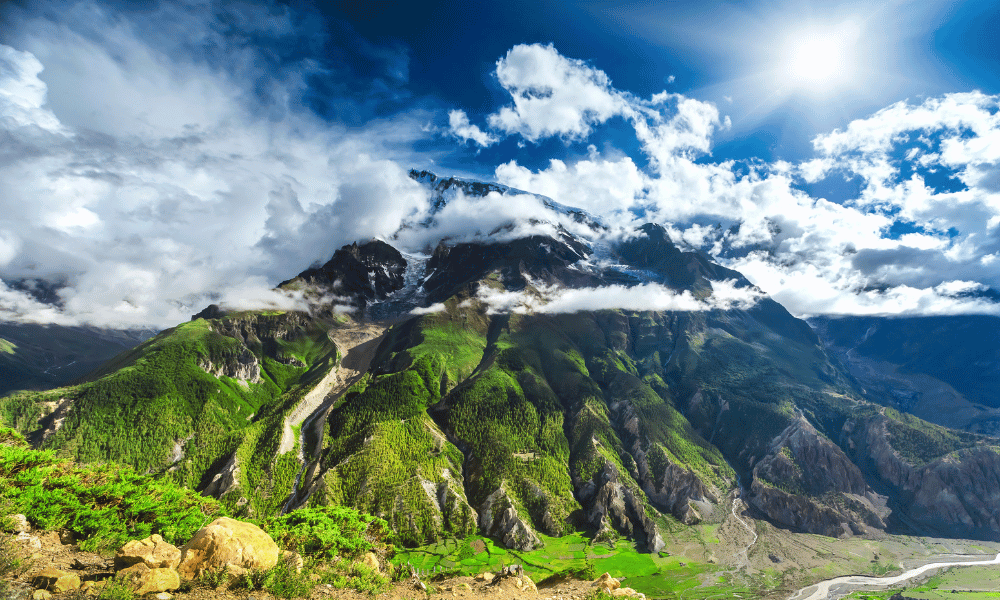
Preparing for altitude and acclimatization is essential for a safe and enjoyable trekking experience in Nepal's high-altitude regions. Understanding altitude sickness and its potential risks will help you take the necessary precautions. Prioritize acclimatization by following a gradual ascent schedule and incorporating rest days into your itinerary. To prevent and manage altitude sickness, stay well-hydrated, maintain a balanced diet, and listen to your body's signals, adjusting your plans as needed. Being well-prepared for the challenges of high altitude will increase your chances of a successful and memorable trek in the majestic Himalayas.
Altitude sickness, also known as acute mountain sickness (AMS), is a condition that occurs when your body doesn't have enough time to adjust to the decreased oxygen levels at high altitudes. Symptoms may include headache, nausea, dizziness, shortness of breath, fatigue, and difficulty sleeping. If left untreated, AMS can progress to more severe conditions such as high-altitude pulmonary edema (HAPE) or high-altitude cerebral edema (HACE), which can be life-threatening.
Acclimatization is the process by which your body adapts to the lower oxygen levels at high altitudes. Proper acclimatization helps prevent altitude sickness and ensures a safer and more enjoyable trekking experience. Acclimatization involves a gradual ascent, allowing your body time to adjust to the changing altitude and environmental conditions.
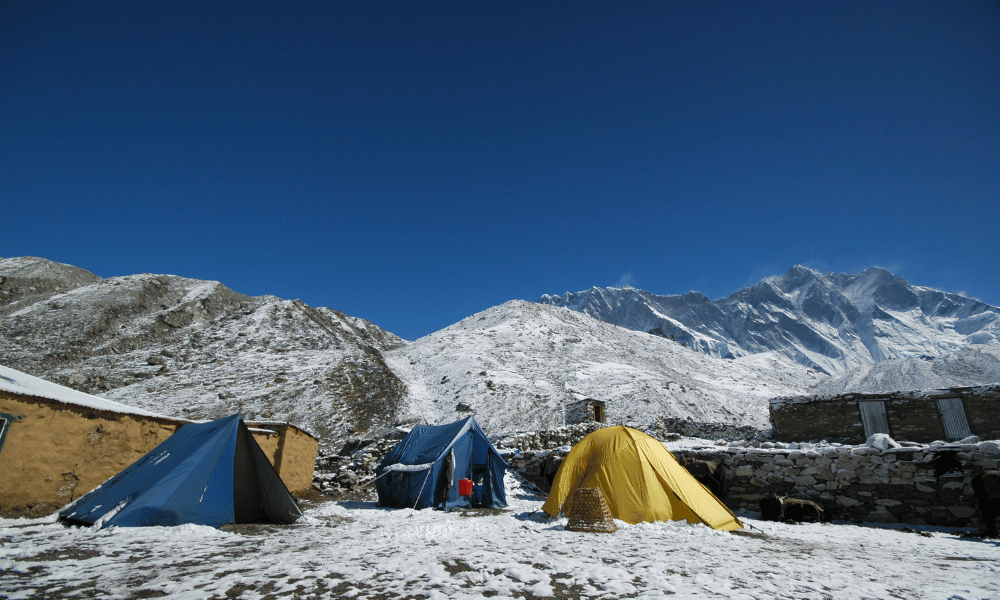
Gradual ascent: Follow a trekking itinerary that allows for a slow and gradual ascent, ideally not exceeding 300-500 meters (1,000-1,640 feet) of elevation gain per day above 3,000 meters (9,843 feet). Include rest days or acclimatization days in your schedule, during which you can hike to a higher altitude and then return to sleep at a lower elevation.
Staying hydrated: Dehydration can exacerbate altitude sickness symptoms. Drink plenty of water throughout the day (3-4 liters per day is recommended), even if you don't feel thirsty. Avoid excessive caffeine and alcohol consumption, as these can contribute to dehydration.
Maintaining a balanced diet: Eating a balanced diet that provides adequate energy and nutrients is essential for maintaining your strength and stamina at high altitudes. Prioritize high-energy, easily digestible foods, such as carbohydrates, and avoid heavy, fatty, or overly spicy meals that may be harder to digest.
Listening to your body and resting as needed: Pay attention to your body's signals and be prepared to adjust your pace or schedule if you experience symptoms of altitude sickness. Rest when needed, and don't hesitate to communicate any concerns to your trekking guide or fellow trekkers. If your symptoms worsen or don't improve with rest, consider descending to a lower altitude for recovery.
By understanding and addressing the risks associated with high-altitude trekking, you can better prepare for a safe and enjoyable experience in the mountains of Nepal.
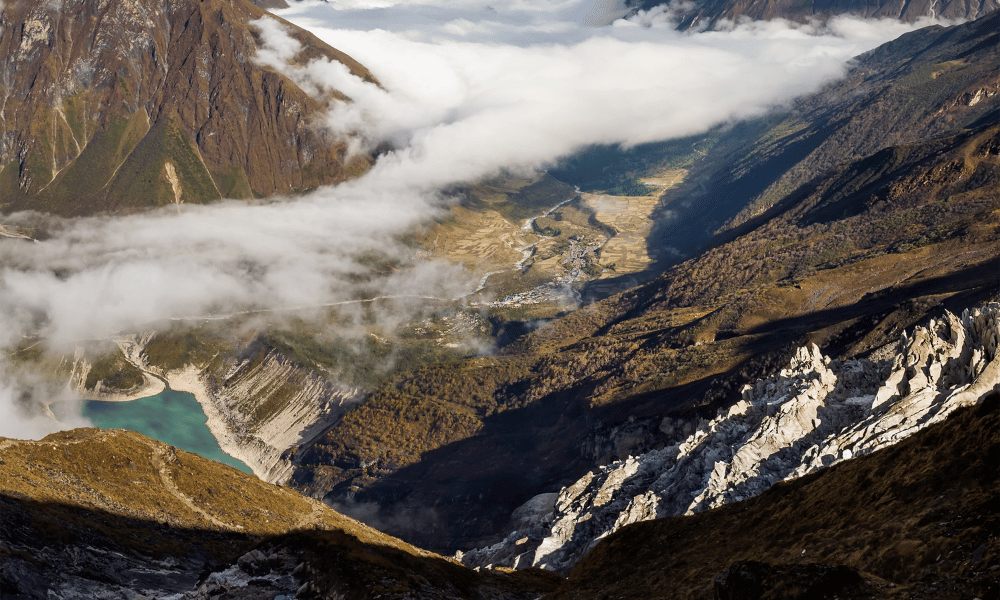
Planning your trek in Nepal is vital for a safe, enjoyable, and memorable experience. Decide between independent trekking or hiring a guide/porter based on your experience, budget, and preferences. Obtain the necessary permits and documents, such as TIMS Card, National Park Entry Permits, and Restricted Area Permits. Create a detailed itinerary that includes rest and acclimatization days, as well as buffer days for unexpected situations. Prepare for emergencies by familiarizing yourself with altitude sickness, carrying a well-stocked first aid kit, obtaining travel insurance, and sharing your itinerary with friends or family. Finally, book accommodation and transportation in advance to ensure availability, particularly during peak trekking seasons.
As with everything else, both independent and guided treks have their positive sides and drawbacks. Before you decide on your trek, consider these points and see what is the most suitable for you.
Independent trekking Pros:
Greater flexibility in your schedule and route
Lower cost compared to hiring guides and porters
A sense of adventure and self-reliance
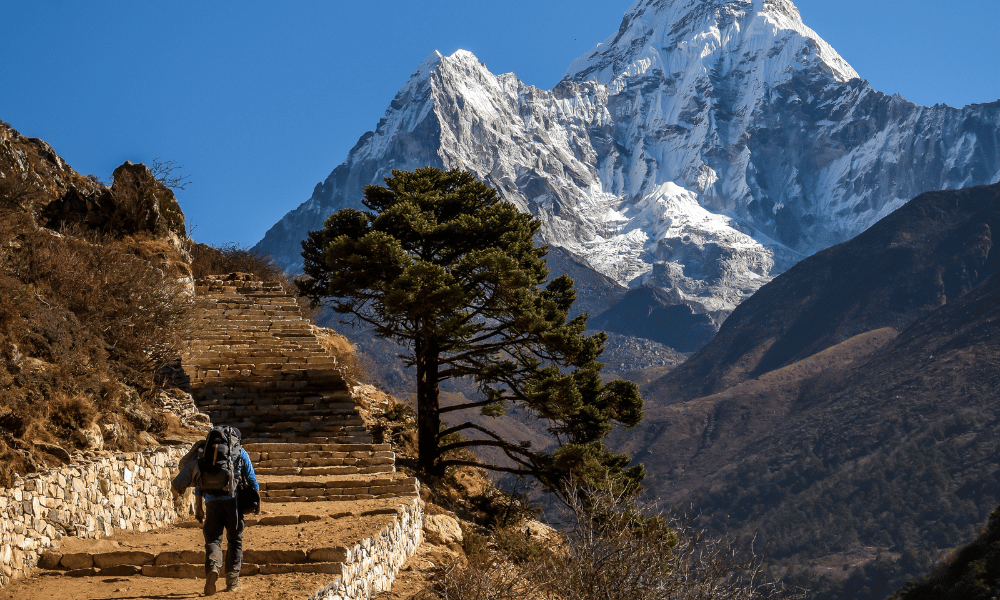
Independent trekking Cons:
Increased responsibility for navigation, planning, and decision-making
Potentially heavier loads to carry without a porter
Limited support and assistance in case of emergencies or unexpected situations
Hiring a guide/porter Pros:
Expert knowledge of the route, culture, and environment
Assistance with carrying gear and managing logistics
Increased safety and support in case of emergencies or unexpected situations
Hiring a guide/porter Cons:
Higher cost compared to independent trekking
Less flexibility in your schedule and route
Potential language and communication barriers
Consider your trekking experience, budget, and personal preferences when deciding between independent trekking and hiring a guide/porter.
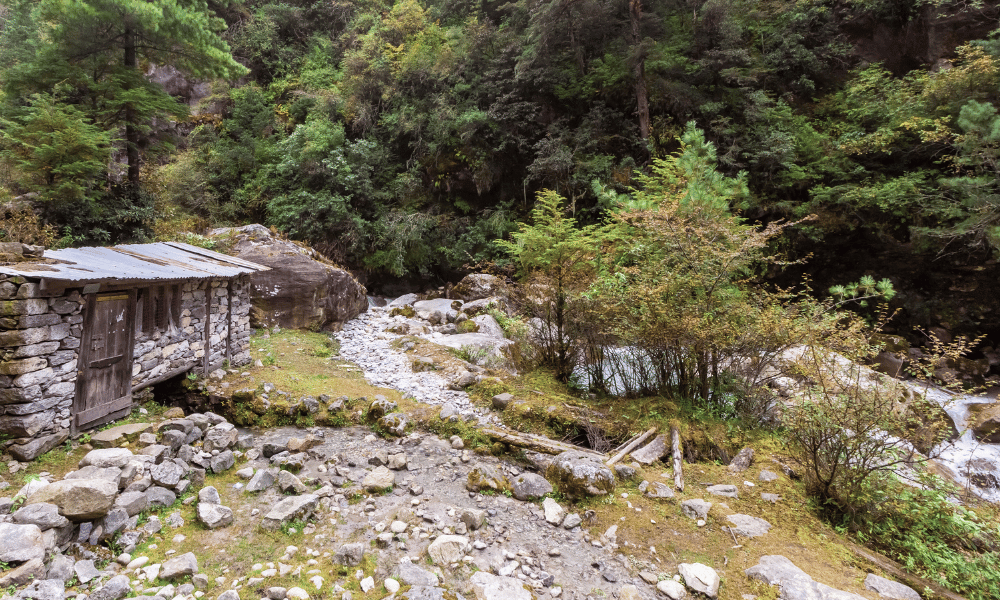
TIMS (Trekkers' Information Management System) Card: Required for most treks in Nepal, available through the Nepal Tourism Board or trekking agencies.
National Park or Conservation Area Entry Permits: Required for trekking in protected areas, available at the respective park or conservation area offices.
Restricted Area Permits: Required for trekking in certain remote regions, obtainable through authorized trekking agencies.
Ensure you have a valid passport, multiple passport-sized photos, and the appropriate fees for obtaining these permits and documents.
Research your chosen trekking route and gather information on daily distances, elevation gains, and trail conditions.
Schedule rest days and acclimatization days in your itinerary.
Include buffer days to accommodate potential delays due to weather, health, or other unforeseen circumstances.
Consult with experienced trekkers or local trekking agencies for advice on creating a realistic and safe itinerary.
Familiarize yourself with the symptoms and treatment of altitude sickness, and carry any necessary medications (e.g., acetazolamide).
Carry a well-stocked first aid kit and know how to use its contents.
Obtain travel insurance that covers emergency evacuation, medical treatment, and trip cancellation.
Know the location of health posts or medical facilities along your trekking route.
Share your itinerary with friends or family members and provide them with emergency contact information.
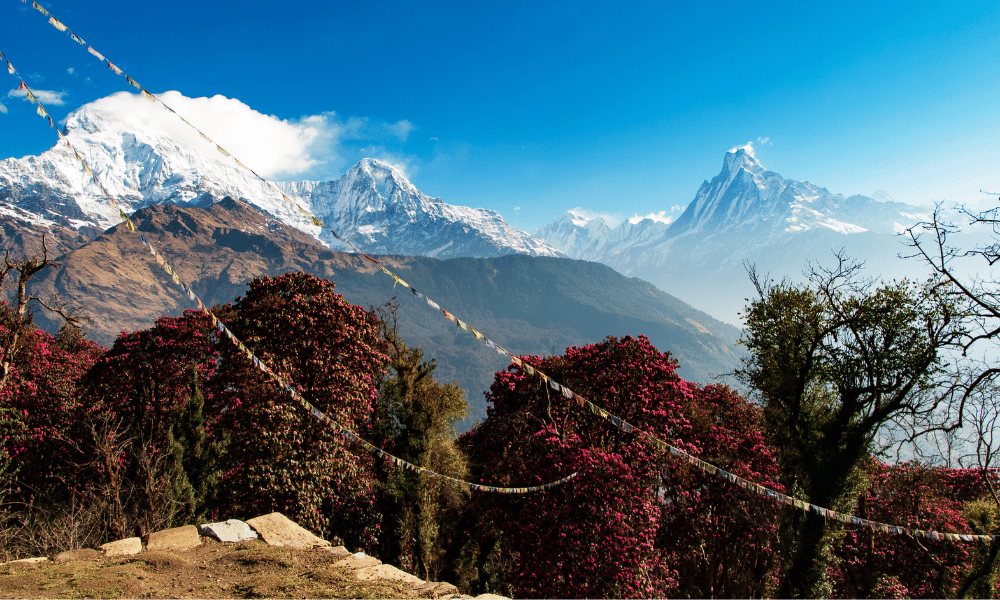
Research and book accommodation in advance, especially during peak trekking seasons, to ensure availability.
Pre-book transportation to and from the trailhead, including domestic flights, buses, or private vehicles.
Confirm any necessary airport transfers, hotel reservations, and pre or post-trek accommodations.
By thoroughly planning your trek and considering all aspects of preparation, you can set yourself up for a safe, enjoyable, and memorable trekking experience in Nepal.
Cultural considerations and responsible trekking are essential aspects of a successful and respectful adventure in Nepal. It is crucial to respect local customs and traditions by dressing modestly, seeking permission before taking photographs, and adhering to local etiquette. Emphasize environmental responsibility by following Leave No Trace principles, including packing out trash, minimizing campfire impact, and staying on designated trails. Support local communities by choosing locally-owned accommodations, buying local products, and engaging in ethical tourism. Engaging with locals and fellow trekkers with patience, respect, and open-mindedness fosters a rich cultural exchange and contributes to the preservation of Nepal's unique cultural heritage and natural environment.
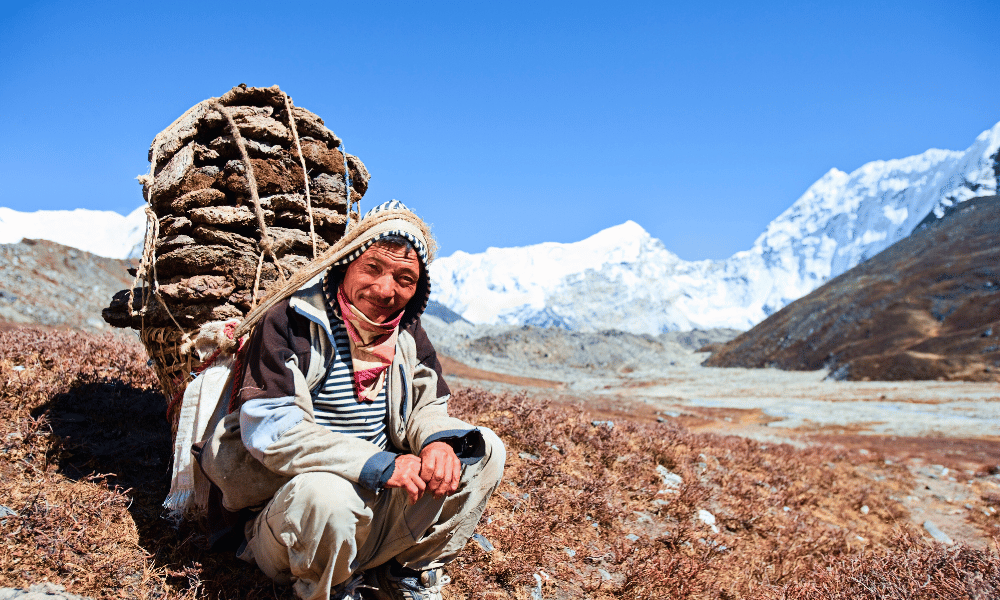
Dress modestly: Wear clothing that covers your shoulders, chest, and knees to respect local dress codes and cultural norms.
Remove shoes before entering temples or homes: Follow local customs by removing your footwear when entering religious sites or private residences.
Seek permission before taking photographs: Always ask for permission before taking photos of people, religious sites, or ceremonies.
Respect local customs: Learn about local customs and traditions, such as greeting etiquette, and follow them when interacting with locals.
Pack out all trash: Carry a garbage bag to collect your trash and dispose of it properly at designated waste disposal sites.
Minimize campfire impact: Use a portable camp stove for cooking instead of making campfires, or use established fire rings in designated areas.
Stay on designated trails: Avoid creating new trails or cutting switchbacks, which can lead to erosion and damage to the environment.
Respect wildlife: Observe wildlife from a distance and do not feed or disturb animals.
Use eco-friendly products: Opt for biodegradable soap and toiletries to minimize your impact on local water sources.
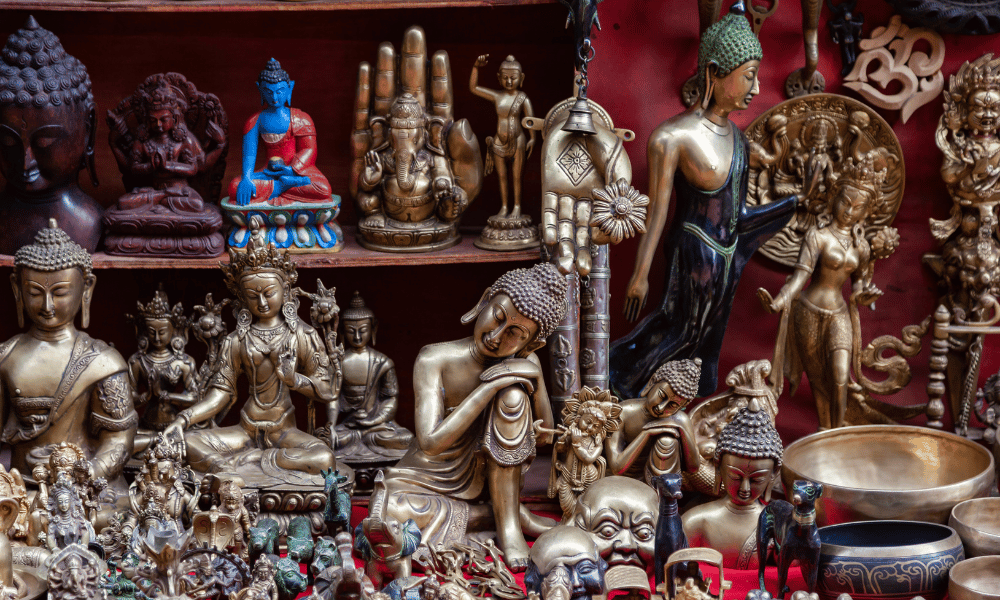
Stay at locally-owned lodges and teahouses: Support local businesses by choosing accommodations that are owned and operated by locals.
Buy local products and services: Purchase locally-made handicrafts, food, and other goods, and hire local guides and porters.
Practice fair and ethical tourism: Ensure that your trekking agency and accommodations follow ethical practices, such as fair wages and working conditions for staff.
Learn basic phrases in the local language: Knowing simple greetings and common phrases can go a long way in building rapport with locals.
Be patient and respectful: Understand that cultural norms and practices may differ from what you are accustomed to, and approach these differences with patience and respect.
Share experiences and stories: Engage with locals and fellow trekkers by sharing your experiences, stories, and perspectives.
Embrace cultural exchange: Treat your trek as an opportunity to learn from and appreciate the diverse cultures and customs you encounter along the way.
By practicing responsible trekking and being mindful of cultural considerations, you can contribute to the preservation of Nepal's rich cultural heritage and natural environment while fostering meaningful connections with local communities.
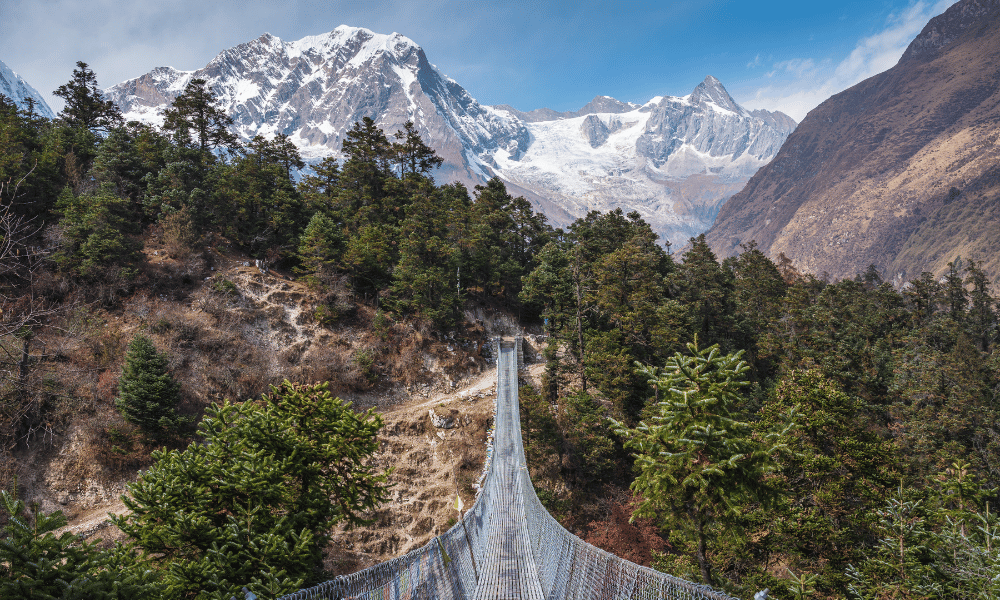
In conclusion, thorough preparation for your trekking adventure in Nepal is essential to ensure a safe, enjoyable, and unforgettable experience. By carefully selecting the right trek, focusing on physical fitness and training, acquiring the necessary gear, preparing for altitude and acclimatization, planning your trek in detail, and being mindful of cultural considerations and responsible trekking practices, you can set yourself up for a successful journey in the majestic Himalayas.
Embarking on a trek in Nepal is a life-changing adventure that will challenge you physically and mentally while immersing you in the breathtaking beauty of the world's highest mountain ranges. As you explore the diverse landscapes, rich cultural heritage, and warm hospitality of the Nepali people, you will create lasting memories and forge deep connections with this extraordinary country.
So, gather your gear, lace up your boots, and embark on the adventure of a lifetime in the awe-inspiring Himalayas of Nepal.
The best times to trek in Nepal are during the spring (March-May) and autumn (September-November) seasons, when the weather is generally stable and clear, offering excellent trekking conditions and stunning mountain views.
Your required fitness level depends on the specific trek you choose. Generally, you should be in good physical shape and able to walk for several hours a day at high altitudes. Engaging in regular cardiovascular exercise, strength training, and flexibility exercises in the months leading up to your trek is highly recommended.
While many popular trekking routes in Nepal can be completed independently, hiring a guide can provide valuable local knowledge, assistance with logistics, and increased safety in case of emergencies. For treks in restricted areas, a guide is mandatory.
In teahouses and lodges along popular trekking routes, you can expect a mix of Nepali and international cuisine, including staples like dal bhat (rice and lentils), momos (dumplings), and various pasta, noodle, and soup dishes. It's important to maintain a balanced diet and stay well-hydrated during your trek.
To prevent altitude sickness, follow a gradual ascent schedule, stay well-hydrated, maintain a balanced diet, and listen to your body's signals. Include rest and acclimatization days in your itinerary, and be prepared to adjust your plans if you experience symptoms of altitude sickness.
Accommodation during a trek in Nepal typically consists of teahouses or lodges, which offer basic rooms with shared bathroom facilities. Some popular trekking routes may also have more upscale lodges with private bathrooms and additional amenities. Camping is necessary on some remote treks or in restricted areas where teahouses are not available.
Most treks in Nepal require a TIMS (Trekkers' Information Management System) Card, National Park or Conservation Area Entry Permits, and in some cases, Restricted Area Permits. Make sure to obtain the necessary permits and documents before starting your trek.
Tap water in Nepal is generally not safe to drink without treatment. Use a water purification system such as water purification tablets, a UV sterilizer, or a water filter to ensure your drinking water is safe. Alternatively, you can purchase bottled or boiled water from teahouses along the trekking route.